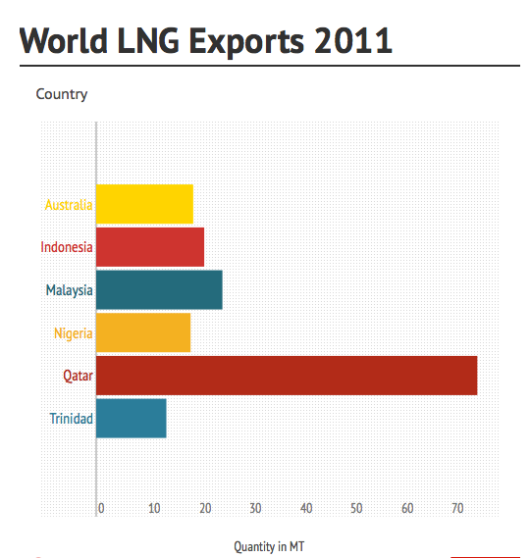Hello fellow bloggers. This will be my last blog post on thenaturalgas ALTERNATIVE because the semester has come to an end. I would like to take this time to recap the blogs I wrote throughout the blog.
My first blog post was Cabot Oil & Gas and Chesapeake Energy. In this post I highlighted what Cabot and Chesapeake have been doing in their local communities.
Cabot Oil & Gas is a leading partner with Endless Mountains Health Systems in a $45 million hospital project in Montrose. They started off the project with a $1 million leadership gift to get the project underway.
Chesapeake Energy is working with their local United Way and has become the first-ever corporate sponsor for their communities united way 2013 campaign. They have also been extremely helpful with the flood recovery efforts in Bradford County.
My next blog post was Wastewater and Casella Waste Systems. In this post I highlighted a major problem in the natural gas industry, wastewater.
Wastewater is the left over water from hydraulic fracturing. The problem with this wastewater is that it can have anywhere for 3 to 12 additive chemicals used for fracking in them. Potentially this water could be treated at a plant so that it may be used in the future and the is what Casella Waste Systems has been doing. The landfills that Casella Waste Systems sends the wastewater to have a gas collection system they use to collect extra gas in the water and to produce energy for their plants.
My next blog was Natural Gas Pipelines and Bake Hughes. In this blog I highlighted some problems that companies are having with their natural gas pipelines. These problems have caused deaths in the apst but luckily Baker Hughes designed GEOPIGs that are high-resolution caliper in-line inspection services. These PIGs are sent through the pipeline and scan for any weak points they can find.
My last blog was Giving Back to the Community. In this blog I wrote about natural gas companies that are giving back to their communities.
Columbia Gas of Virginia has donated over $3000 to a variety of non-profit organizations in their communities. Virginia Gas has been partnering with their local Salvation Army’s Energy Share program as well as with their local Special Olympics. Briggy Bandz donates between $1 to 40% of each Bandz sold to many non-profit organizations.
I hope you enjoyed reading my posts and don’t forget to check out the other posts by my group members!








